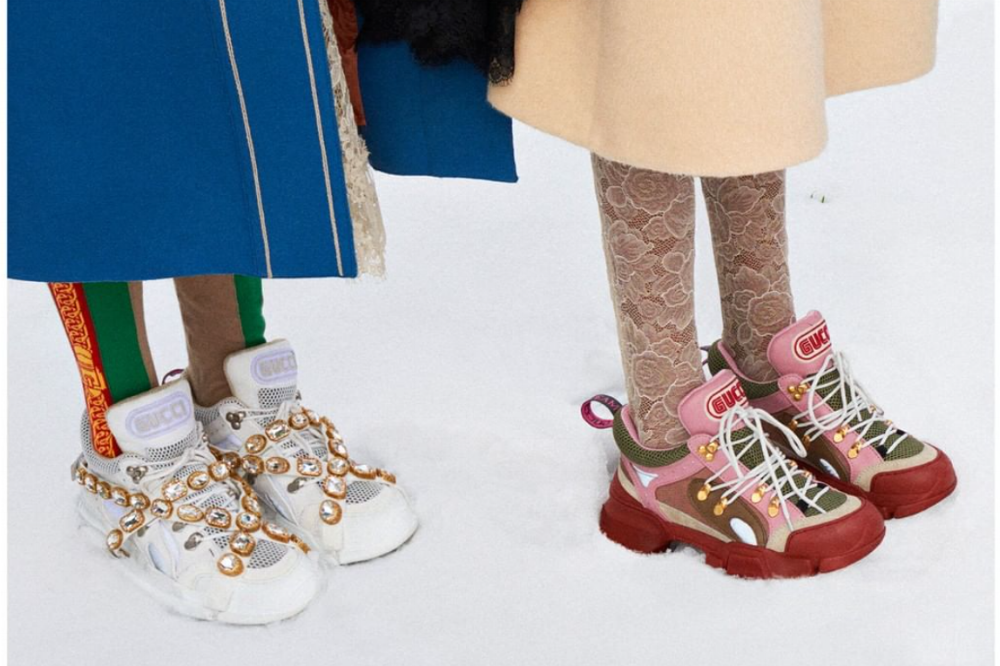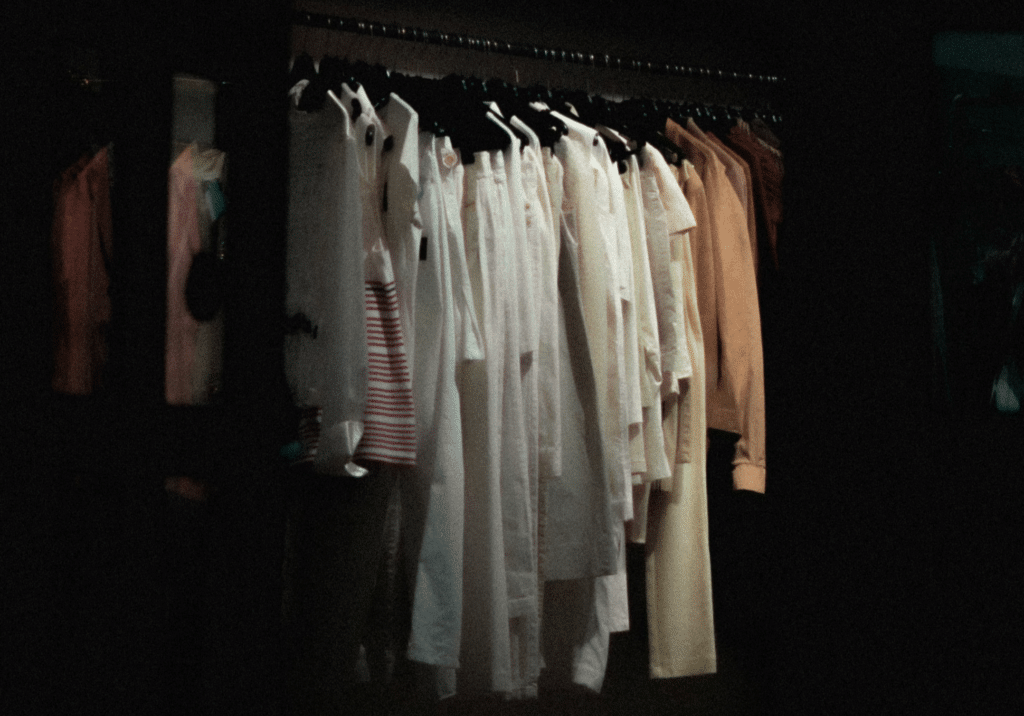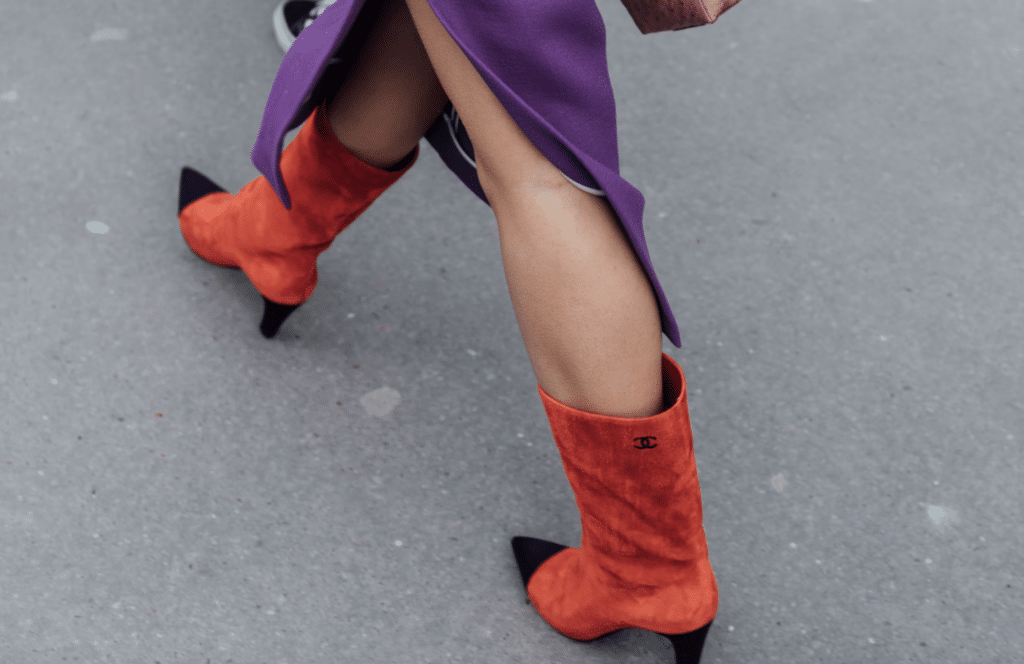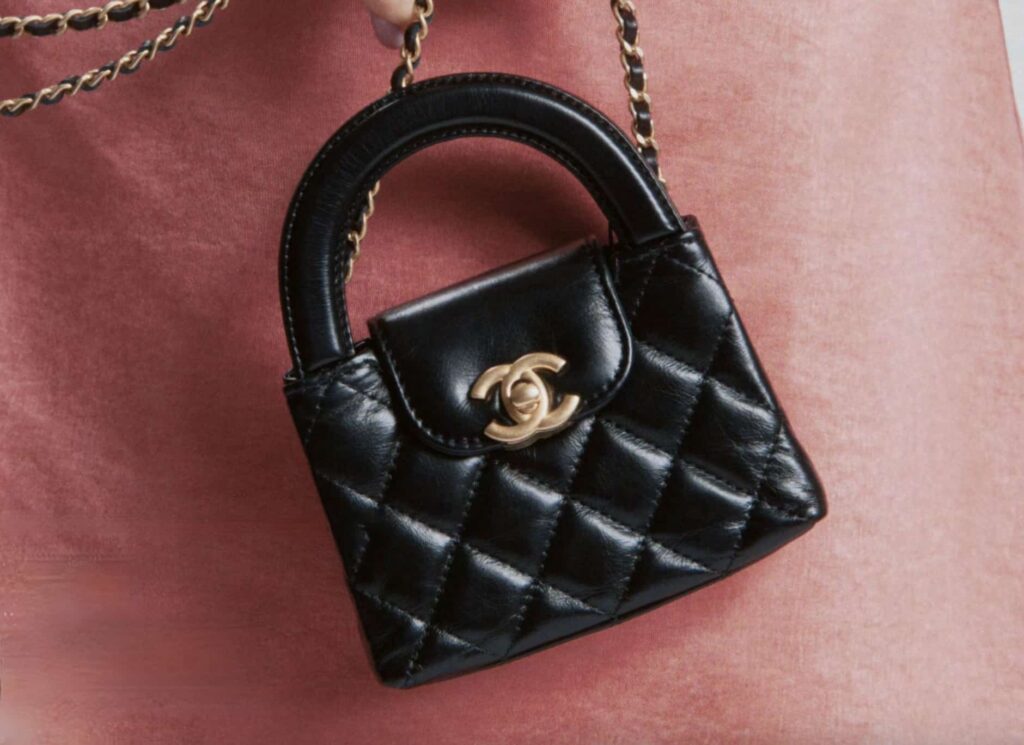We are living in “the age of the trainer – or, as so many more people on the planet call it, the sneaker.” This is what Luke Leitch wrote recently for the Economist’s 1843 magazine, and he is right. The past several years, in particular, have seen fashion brands expending an increasing amount of attention and resources to building out the casual end of their footwear offerings, with a marked focus on sneakers.
“High-end brands such as Kering’s Gucci, Prada, and Balenciaga are looking to sneakers for growth, putting them in direct competition with sportswear giants like Nike, Puma, and Adidas, and giving rise to ever-more striking and expensive designs,” Reuters reported this spring.
And consumers are responding. In summarizing its top 2018 search results, fashion discovery platform Lyst found that sneakers are experiencing far greater demand than years prior. In particular, Balenciaga’s Triple S sneaker, Lyst’s most searched-for footwear design in 2018, drove thousands of searches every month, followed by Fila’s Disruptor sneaker, for which searches surged 105 percent year over year. Of the top 10 most searched-for shoes of 2018, Lyst found that 5 were sneakers.
In addition to evidence of a rise in consumer searches for sneakers, sales in the segment serve to verify the rising appeal. Consultancy Bain & Co. revealed in May that global sales of non-athletic sneakers rose 10 percent to $3.98 billion for 2017, outperforming a 7 percent rise in handbags. New York-based market research firm NPD similarly reported that “non-performance, athletic-inspired sneaker sales for adults were up 17 percent in the 12 months ending April 2018” compared to the same period last year. The women’s sneaker market, in particular, grew faster than any other, up 33 percent.
Unsurprisingly, retailers have followed fashion’s lead, devoting more and more space on their footwear floors (and websites) to fashion’s relatively newfound penchant for sneakers – with high end trainers rivaling the more traditional high-heeled offerings for real estate, and in many cases, winning.
The LVMH-owned multibrand e-commerce site 24 Sevres, for instance, is currently stocking 195 different sneaker styles, compared to just 65 different heels/pumps styles. Digital aggregator FarFetch is offering up more than 5,000 sneakers styles, much more than the 3,500 heels/pumps styles is currently has on its site. Montreal-based SSENSE boasts 960 different sneakers – versus just 420 heels/pumps – on its e-commerce site. And still yet, the sneaker offerings on London-based Harrod’s site (609 sneaker styles) are creeping very close to the number of shoes on the more traditional high heel category (it is offering 650 different styles in that range).
Not only are sneakers gaining traction amongst individuals who would otherwise be wearing more formal footwear, their rise is coming at the expense of high heels. CNBC reported that in 2017, women’s sneaker sales, in particular, increased by 37 percent last year, while high heels fell 11 percent during the same period. In the background of fashion’s push for sneaker revenues, after all, is a larger movement towards comfort, both in and out of the office.
It is undeniable that “women have more shoe options across all categories and are increasingly choosing comfort,” CNBC’s Kellie Ell wrote this spring. More broadly speaking, “as American fashion has slowly become more casual,” she writes, “so has footwear, a trend [that] has become especially apparent in women’s sneaker sales.”
But are fashion-forward sneakers simply the latest “it” item in fashion, soon to be phased out and replaced by whatever footwear item that brands want to push next? Sure, the runways will always be a hotbed for seasonal trends to entice the in-the-know consumer, but chances are, the larger adoption of sneakers is here to stay. This is in large part because women of all ages are prioritizing comfort, and socially, flat-soled shoes, even sneakers, are becoming increasingly acceptable alternatives to high heels in many workplaces.
The adoption of sneakers in the workplace comes with a larger push by brands to formalize – or maybe, fashionize? – the athletic sneaker, which has been supplemented with less sport-centric styles by the likes of fashion’s hottest brands. Simple trainers are now being put forth with “luxury materials,” per SSSENSE, whether it be “minimal low-top sneakers, which place artisanal handcraft and fine calfskin and lambskin front and center,” or “soft color palettes, playful appliqués, and elegant crystal-cut detailing [for] touches of femininity.”
All the while, the surge in sneaker popularity comes as countries around the world have taken to reconsidering the laws that apply in connection with work dress codes. For instance, until very recently, some companies in British Columbia were legally permitted to force women to wear high heels at work. Not anymore. A 2017 amendment to the Canadian province’s 1996 Workers Compensation Act has outlawed the practice in an effort to ensure that workplace footwear is of “optimum safety to the employee,” with factors including slipping, tripping, potential for musculoskeletal injury and temperature extremes all taken into account.
Meanwhile in the United Kingdom, British Parliament members recently reviewed legislation in connection with “sexist workplace dress codes,” including jobs that require women to wear high heels after receptionist Nicola Thorp launched a petition, asking Parliament to review such legislation.
As for whether Gucci’s over-the-top bejeweled trainers, Balenciaga’s notoriously clunky dad sneakers, or any of the more extreme styles, will remain on fashion’s “it” list for much longer, it seems unlikely. Louis Vuitton’s Archlight style, for instance, has already seemed to run its course. The larger adoption of sneakers and flat shoes, however, is almost certainly here to stay, and with that, brands and retailers will continue to clamor over them as a key to boosting their bottom lines.











